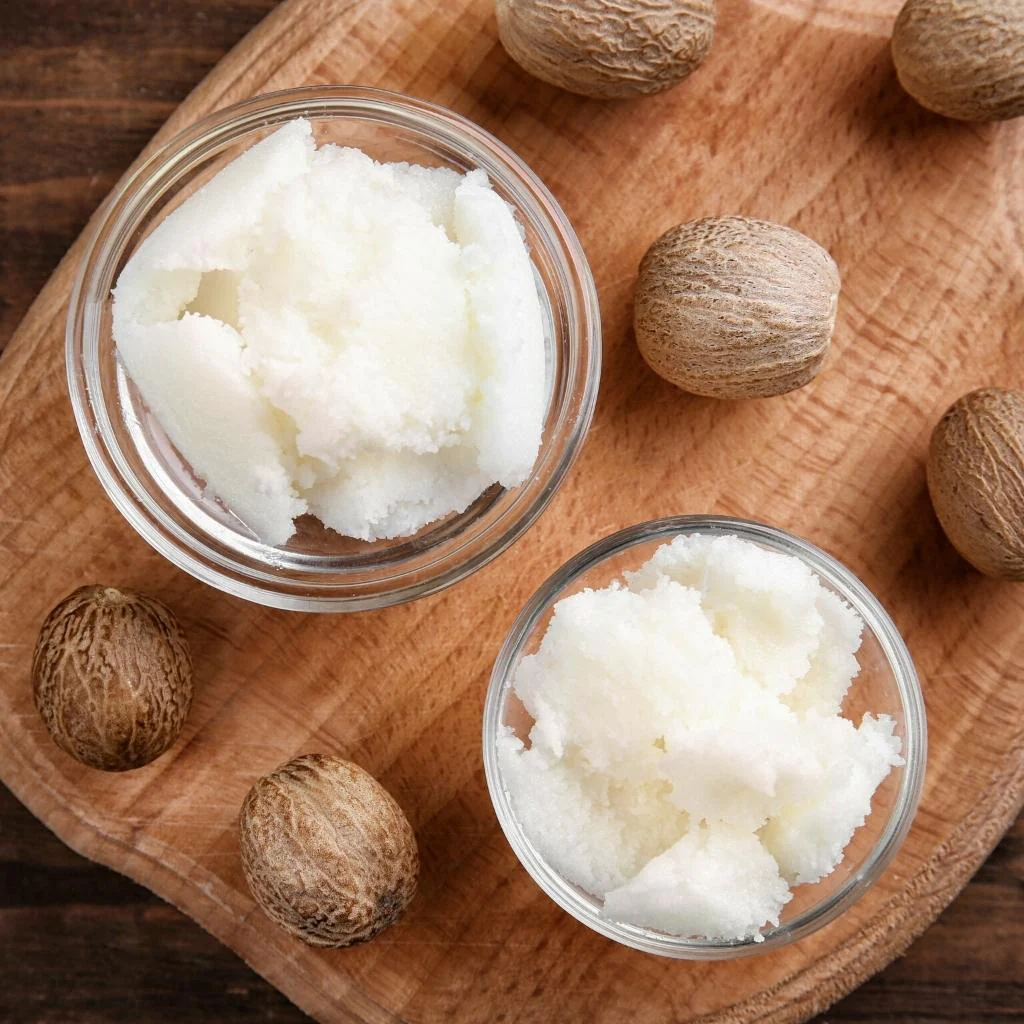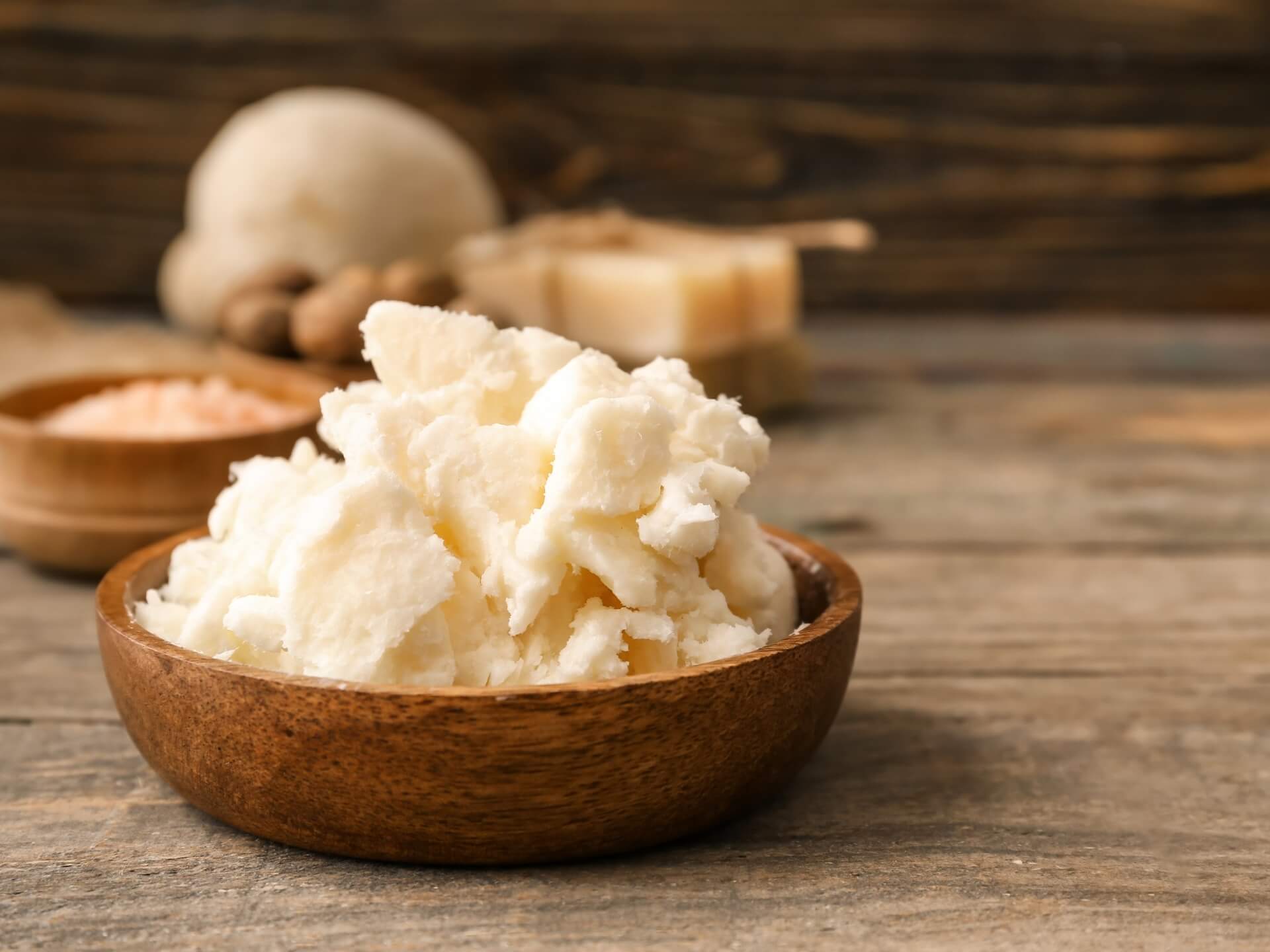Shea butter, derived from the nuts of the shea tree (Vitellaria paradoxa) found in West Africa, is celebrated for its moisturizing and healing properties. It is commonly used in cosmetics and skincare products. However, despite its many benefits, there are some precautions and safety tips that should be considered to ensure its safe and effective use. This article will explore the potential risks associated with shea butter and provide guidance on how to use it safely.
Understanding Shea Butter
Shea butter is a fat extracted from the nuts of the shea tree. It is rich in fatty acids, antioxidants, and vitamins A, E, and F, which are beneficial for the skin. It’s traditionally used to moisturize the skin, reduce inflammation, and improve skin elasticity. Shea butter can be found in two main forms: refined and unrefined. Unrefined shea butter is processed minimally, preserving most of its natural properties, while refined shea butter has been processed to remove the color and natural scent, which might diminish some of its beneficial properties.
Potential Allergies and Reactions
Allergic Reactions
The most significant risk associated with the use of shea butter is the possibility of an allergic reaction. Although rare, some individuals might be allergic to shea nuts, which are a tree nut product. Symptoms of a shea butter allergy can include:
- Skin rashes
- Hives
- Itchy or swollen skin
- Redness and irritation
If you experience any of these symptoms after using shea butter, discontinue use immediately and consult a healthcare provider if necessary.
Latex Allergy Considerations
Shea butter naturally contains a substance called lupeol, which can convert into latex-like substances. For individuals with a latex allergy, this can pose a potential risk. While the reaction is not common, those with severe latex allergies should perform a patch test before using shea butter extensively, or consult with a medical professional.
Comedogenic Concerns
Shea butter is considered to be non-comedogenic, meaning it doesn’t typically clog pores. However, because it is a heavy butter, it might not be suitable for all skin types. Those with oily or acne-prone skin might find that shea butter exacerbates their condition. It’s advisable for these individuals to use shea butter sparingly or seek alternatives that are lighter and less likely to clog pores.
Quality and Purity
Refined vs. Unrefined Shea Butter
As mentioned, shea butter comes in refined and unrefined forms. Unrefined shea butter is generally preferred for skin care because it retains more natural vitamins and minerals. However, refined shea butter might be more suitable for individuals who prefer a product without a strong natural scent or who are concerned about the shelf life of the product.
Contamination Risks
It’s also essential to consider the source of shea butter. Low-quality or improperly processed shea butter may contain contaminants or additives that can irritate the skin or lead to health issues. Always opt for shea butter that is organic and certified free of harmful chemicals and additives.

Tips for Safe Use
Patch Testing
Before using shea butter extensively, especially if you have sensitive skin, perform a patch test. Apply a small amount of shea butter to a small area of your skin, typically the inner wrist or elbow, and wait for 24 to 48 hours. If no adverse reaction occurs, it should be safe to use more broadly.
Storage
To maintain the efficacy and safety of shea butter, store it in a cool, dry place away from direct sunlight. Shea butter can become rancid when exposed to heat, light, or moisture, which can degrade its beneficial properties and potentially cause skin irritation.
Application
Use shea butter sparingly, especially on the face, if you have oily or acne-prone skin. A small amount goes a long way. For dry skin conditions, shea butter can be applied more liberally, particularly on rough patches such as elbows and knees.
Use in Pregnancy
Shea butter is generally considered safe for use during pregnancy, and many women use it to moisturize their skin and help prevent stretch marks. However, as with any product, if you are pregnant, it’s wise to consult with a healthcare provider before beginning any new treatment.
Conclusion
Shea butter is a powerful natural product with many skin benefits. However, like any ingredient, it must be used correctly to avoid potential side effects. By being aware of the risks of allergic reactions and ensuring the quality and purity of the product, users can enjoy the moisturizing and healing properties of shea butter safely. Always remember to perform a patch test, consider your skin type, and consult with healthcare professionals when necessary. With these precautions in mind, shea butter can be a safe and effective addition to your skincare routine.
Ajigofarms is a reliable global agricultural purchase sourcing with profound expertise in the manufacturing, and exportation of food crops. We are tested, and trusted suppliers of all kinds of cash crops and food crops. Our constant supply chain solution makes exporting easy, quick, and safe, we are identified with timeliness and meeting up with deadlines. Regardless of the region you are located in worldwide, you can reliably order your Agric products and be rest assured of successful delivery.




